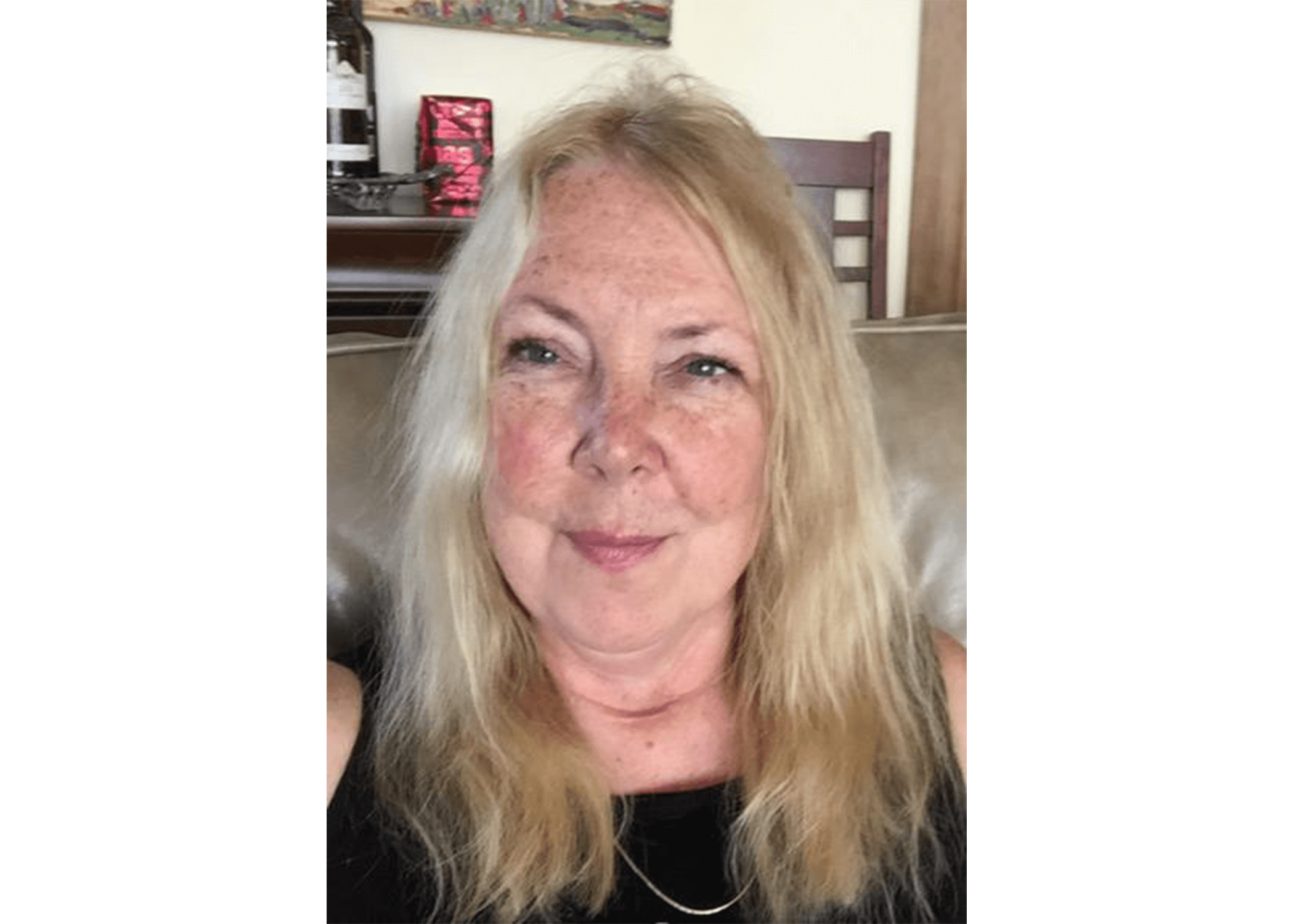The size of chemical space is vast. This makes the application of the first principles of quantum mechanical and advanced statistical mechanics sampling methods to identify binding motifs, conformational equilibria, and reaction pathways extremely challenging, even when considering better physical models, algorithms, or future exascale computing paradigms. If we could develop new and robust machine learning approaches, ideally grounded in physical principles or heuristic scaling laws, we would be able to better tackle many fascinating but quite difficult chemical, biological, and material systems. At present, the application of machine learning to (bio)chemistry and materials is still in its infancy, and I will describe end-to-end deep learning applications ranging from to potential energy surfaces and property predictions to chemical to biophysical systems, and the emergent properties of chemistry from large language models.
Biography:
Prof. Head-Gordon received her BS in Chemistry from Case Western Reserve University in 1983 and her Ph.D. in Theoretical Chemistry from Carnegie Mellon University in 1989. She was a postdoctoral member of technical staff at AT&T Bell Laboratories from 1990-1992. She currently is Chancellor’s Professor in the Departments of Chemistry, Bioengineering, and Chemical and Biomolecular Engineering at the University of California, Berkeley. She has been a recipient of an IBM SUR award in 2001 and was a Schlumberger Fellow at Cambridge University, UK (2005-2006) and is a Fellow of the American Chemical Society, American Institute for Medical and Biological Engineering, and RESOLV German Center of Excellence. She serves as co-Director of CalSolv and the National Molecular Sciences and Software Institute. She serves/served as an Editorial Advisory Board Member for the Journal of Chemical Physics (2017-2020); Journal of Computational Chemistry (2003-), Journal of Physical Chemistry (2009-2011); Molecular Physics (2018-); Theoretical Chemistry Accounts (2010-2013); and SIAM book series on Computational Science and Engineering (2004-2008), as well as an editor for Biophysical Journal (2003-2006). (Source)

Feb. 13, 2025 - Teresa Head-Gordon: Machine Learning and Artificial Intelligence for Chemistry (and Materials)
Thursday, February 13, 2025
12:00 PM - 1:00 PM
12:00 PM - 1:00 PM
About this Seminar

